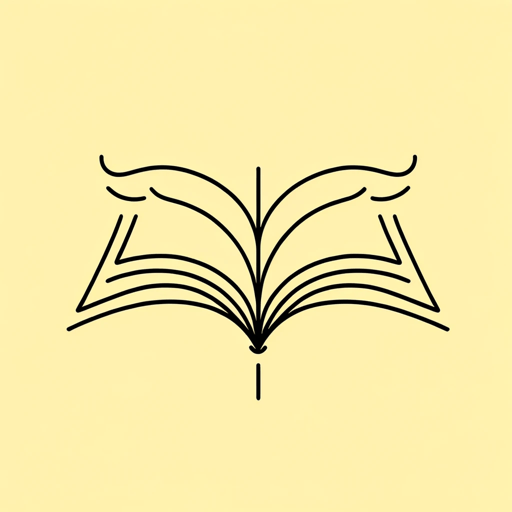31 pages • 1 hour read
J. R. R. TolkienOn Fairy-Stories
Nonfiction | Essay / Speech | Adult | Published in 1939A modern alternative to SparkNotes and CliffsNotes, SuperSummary offers high-quality Study Guides with detailed chapter summaries and analysis of major themes, characters, and more.
Literary Devices
Allusion
Allusion is an indirect or passing reference within a literary work to a person, place, event, artistic work or cultural concept. The nature and relevance of the reference is not explained by the writer but relies on the reader’s (or audience’s) familiarity. For this reason, allusions can sometimes seem oblique to the modern reader, as they rely on the knowledge common in a certain time period or social clique. Allusion is commonly employed by Tolkien in “On Fairy-stories” and demonstrates the context in which his essay was written: it was intended for an initial audience of academics and then, once published, for the well-educated reader. In this way, Tolkien is able to draw efficiently on a wide range of supporting elements from literature and culture, without finding it necessary to digress for explanation. Tolkien alludes most heavily to the concepts and symbols of Christianity and thus his language locates his argument firmly within the religious and cultural context which informs it so powerfully.
Literary exemplars
Tolkien draws heavily on the corpus of European Literature in order to support and exemplify his argument. The opening paragraphs make it explicit that this approach is key to his rhetorical strategy: “I will try to give answers to these questions […] primarily from the stories themselves” (109).
Related Titles
By J. R. R. Tolkien

Farmer Giles of Ham
J. R. R. Tolkien

Leaf by Niggle
J. R. R. Tolkien

Return of the King
J. R. R. Tolkien
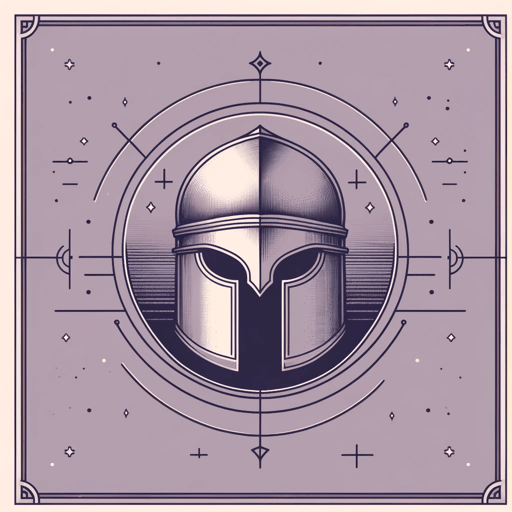
The Children of Húrin
J. R. R. Tolkien

The Fellowship of the Ring
J. R. R. Tolkien
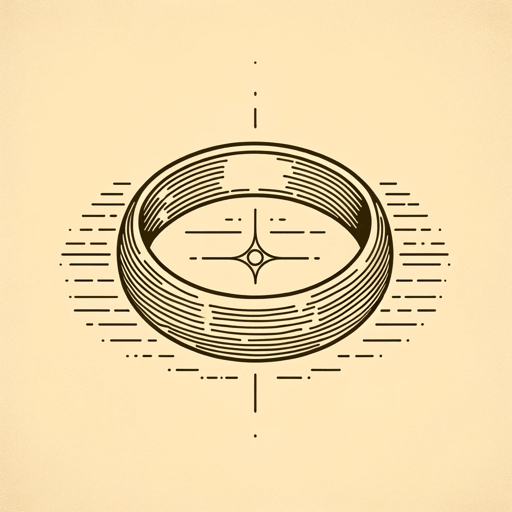
The Hobbit
J. R. R. Tolkien
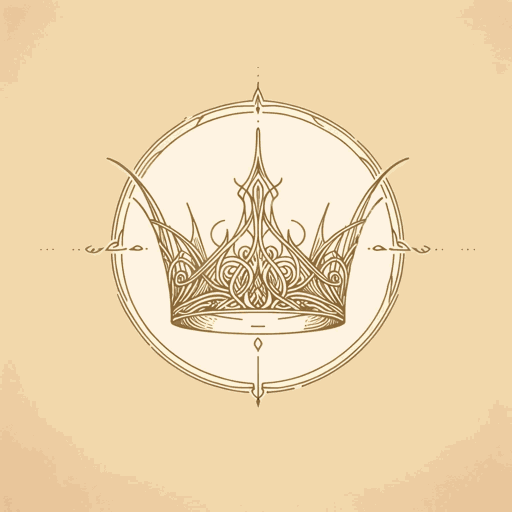
The Silmarillion
J. R. R. Tolkien
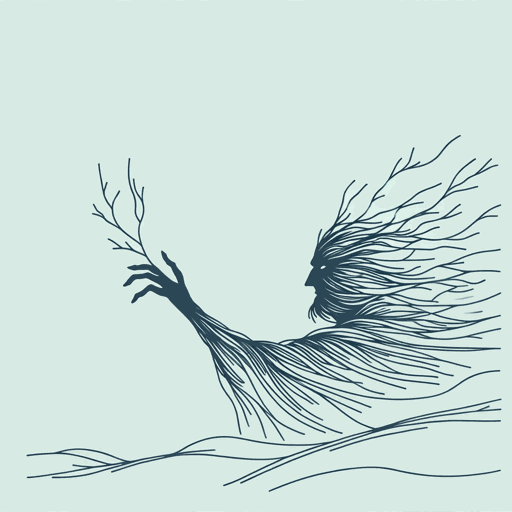
The Two Towers
J. R. R. Tolkien
